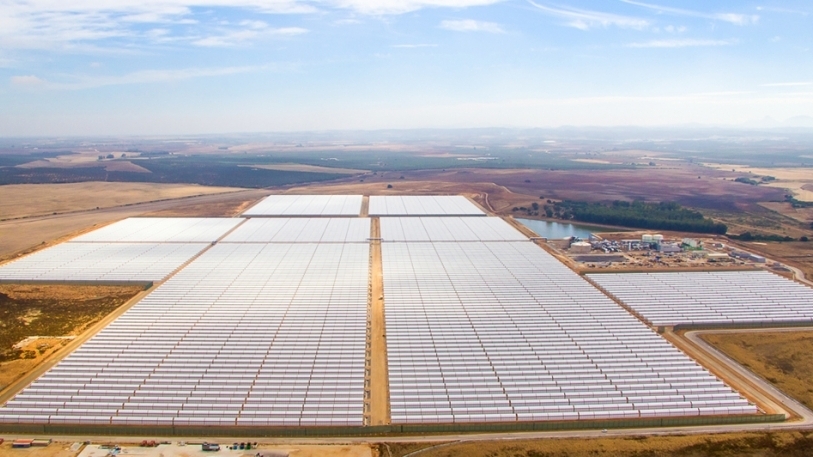
India: Net zero transition creates $2.7trn investment opportunities
India’s transition to a net zero economy will create unprecedented investment opportunities in renewables for investors seeking to enter or expand into alternative energy sources and low-carbon tech and infrastructure.
The country’s transition is likely to hand hand investors around $12.7 trillion in new opportunities, also stretching to wind and solar, according to a new report.
Based on two distinct scenarios for India's energy transition, which highlight both net zero challenges and opportunities for investors, BNEF researchers describe as the most likely routes the country will take, and warn it is realistic India may fail short of achieving net zero by 2050.
That is the case under the first scenario, known as the Economic Transition Scenario (ETS), based on an economics-led transition that aligns with a global temperature rise of 2.6 degrees Celsius by 2050.
The second scenario, the Net Zero Scenario (NZS), describes a framework where private investors will team up with government bodies to speed up and roll out investment programmes, ultimately resulting in a net zero emissions economy by 2050.
Under the ETS scenario, investors may be handed opportunities of close to $7.6 trillion in energy infrastructure between 2022 to 2050, averaging $262 billion per year.
However, for the NZS scenario, investments will need to jump by 1.7 times, hitting a record $438 billion per year, equal to roughly 4% of the country’s gross domestic product.
To get investors on board, Komal Kareer, India research associate at BNEF, stressed the need for “bold policy initiatives”.
Also read
Looking East: despite complexity and risks, India’s net zero investment opportunities explode
With a population of 1.4 billion people, a fast-developing economy and an ambitious net-zero target, India arguably faces one of the planet's biggest challenges to move away from fossil fuels.
Despite the huge complexity of the market and a mammoth challenge to transition away from fossil fuels, investors in decarbonisation are showered with a stream of opportunities, according to a industry insiders.
The massive transformation required to get India to net zero is creating a structural-growth tailwind for select sectors and companies – offering investors in decarbonisation a multi-decade opportunity.
India must balance its net zero ambitions with its development goals. Directly and indirectly, millions of Indians derive livelihoods from the coal sector, so experts have repeatedly warned the transition away from coal-generation must be managed carefully.
In addition, decarbonisation has widely varying regional implications. The impacts on mining states like Bihar and Jharkhand will be very different to those on industrial-manufacturing centres in Gujarat and Maharashtra, which also have some of the best opportunities for renewable-energy generation.
Also read
Ontario Teachers Pension CEO Jo Taylor: ‘voting against directors sets the tone for change’



